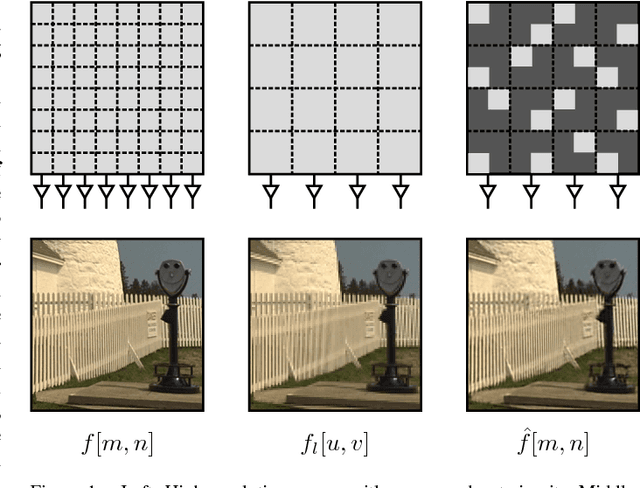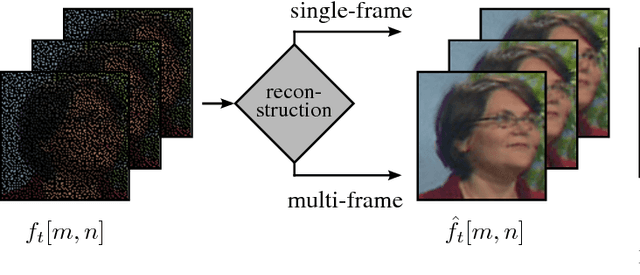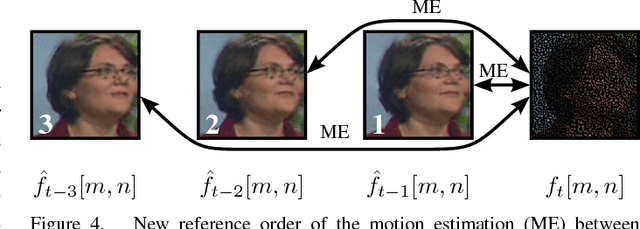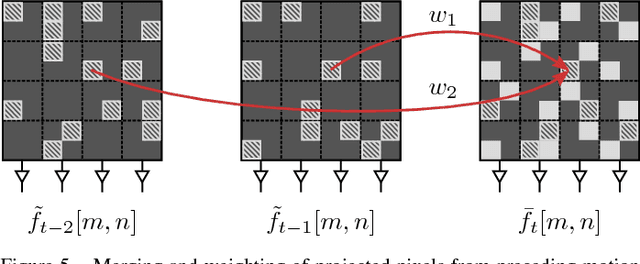Karina Jaskolka
Compression of Dynamic Medical CT Data Using Motion Compensated Wavelet Lifting with Denoised Update
Feb 02, 2023



Abstract:For the lossless compression of dynamic 3-D+t volumes as produced by medical devices like Computed Tomography, various coding schemes can be applied. This paper shows that 3-D subband coding outperforms lossless HEVC coding and additionally provides a scalable representation, which is often required in telemedicine applications. However, the resulting lowpass subband, which shall be used as a downscaled representative of the whole original sequence, contains a lot of ghosting artifacts. This can be alleviated by incorporating motion compensation methods into the subband coder. This results in a high quality lowpass subband but also leads to a lower compression ratio. In order to cope with this, we introduce a new approach for improving the compression efficiency of compensated 3-D wavelet lifting by performing denoising in the update step. We are able to reduce the file size of the lowpass subband by up to 1.64\%, while the lowpass subband is still applicable for being used as a downscaled representative of the whole original sequence.
Recursive Frequency Selective Reconstruction of Non-Regularly Sampled Video Data
Apr 07, 2022



Abstract:High resolution images can be acquired using a non-regular sampling sensor which consists of an underlying low resolution sensor that is covered with a non-regular sampling mask. The reconstructed high resolution image is then obtained during post-processing. Recently, it has been shown that the temporal correlation between neighboring frames can be exploited in order to enhance the reconstruction quality of non-regularly sampled video data. In this paper, a new recursive multi-frame reconstruction approach is proposed in order to further increase the reconstruction quality. By using a new reference order, previously reconstructed frames can be used for the subsequent motion estimation and a new weighting function allows for the incorporation of multiple pixels projected onto the same position. With the new recursive multi-frame approach, a visually noticeable average gain in PSNR of up to 1.13 dB with respect to a state-of-the-art single-frame reconstruction approach can be achieved. Compared to the existing multi-frame approach, a gain of 0.31 dB is possible. SSIM results show the same behavior as PSNR results. Additionally, the pre-reconstruction step of the existing multi-frame approach can be avoided and the new algorithm is, in general, capable of real-time processing.
 Add to Chrome
Add to Chrome Add to Firefox
Add to Firefox Add to Edge
Add to Edge